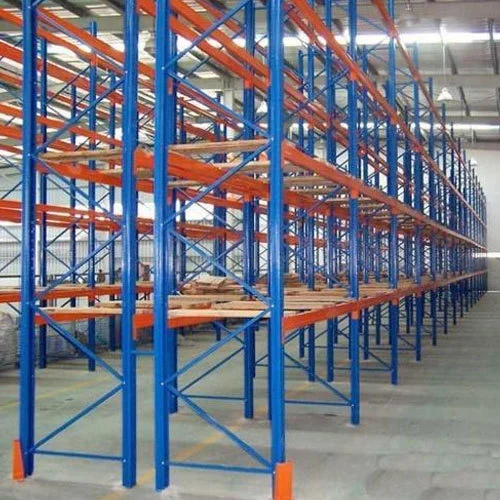
Do you require a Pallet Rack System In Delhi? You can get a versatile and diverse racking solution from Spangle Steel Products, one of the reputable Pallet Racking System Manufacturers in Delhi, to effectively and safely organize all the items in your warehouse. These racks can be customized to match customer demands and come in various sizes. Compared to alternative racking systems, they offer numerous benefits. These are trustworthy and standardized.
We have a dedicated manufacturing facility to satisfy the maximum Pallet Rack capacity each month. Our Heavy Duty Rack is created under the direction of a team of skilled experts who also double-check the product's security and quality. We are committed to providing our customers with the best pallet racking systems. Thanks to our commitment and diligence, we can provide the highest level of client satisfaction.
Enquire Now
We are the company to get in touch with if you want to invest in the top Heavy Duty Pallet Rack. We offer dependable and affordable solutions as one of the leading Pallet Racking System Wholesaler and Supplier in India, tailored to your needs. To learn more, contact us.